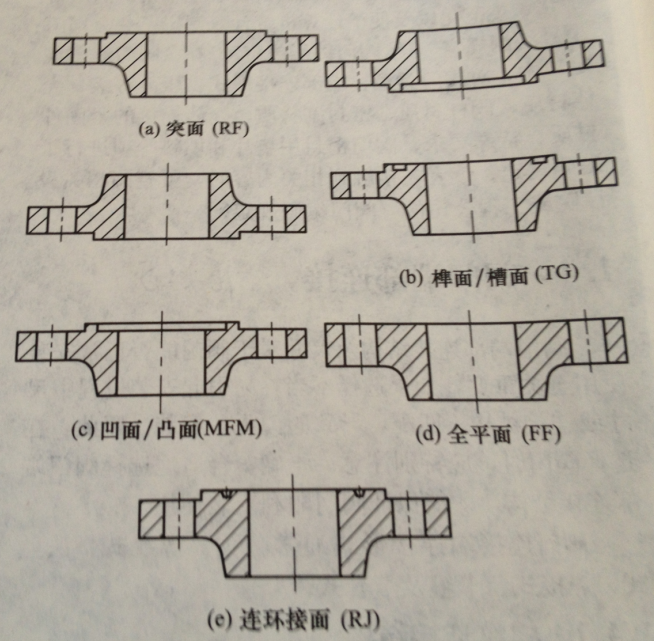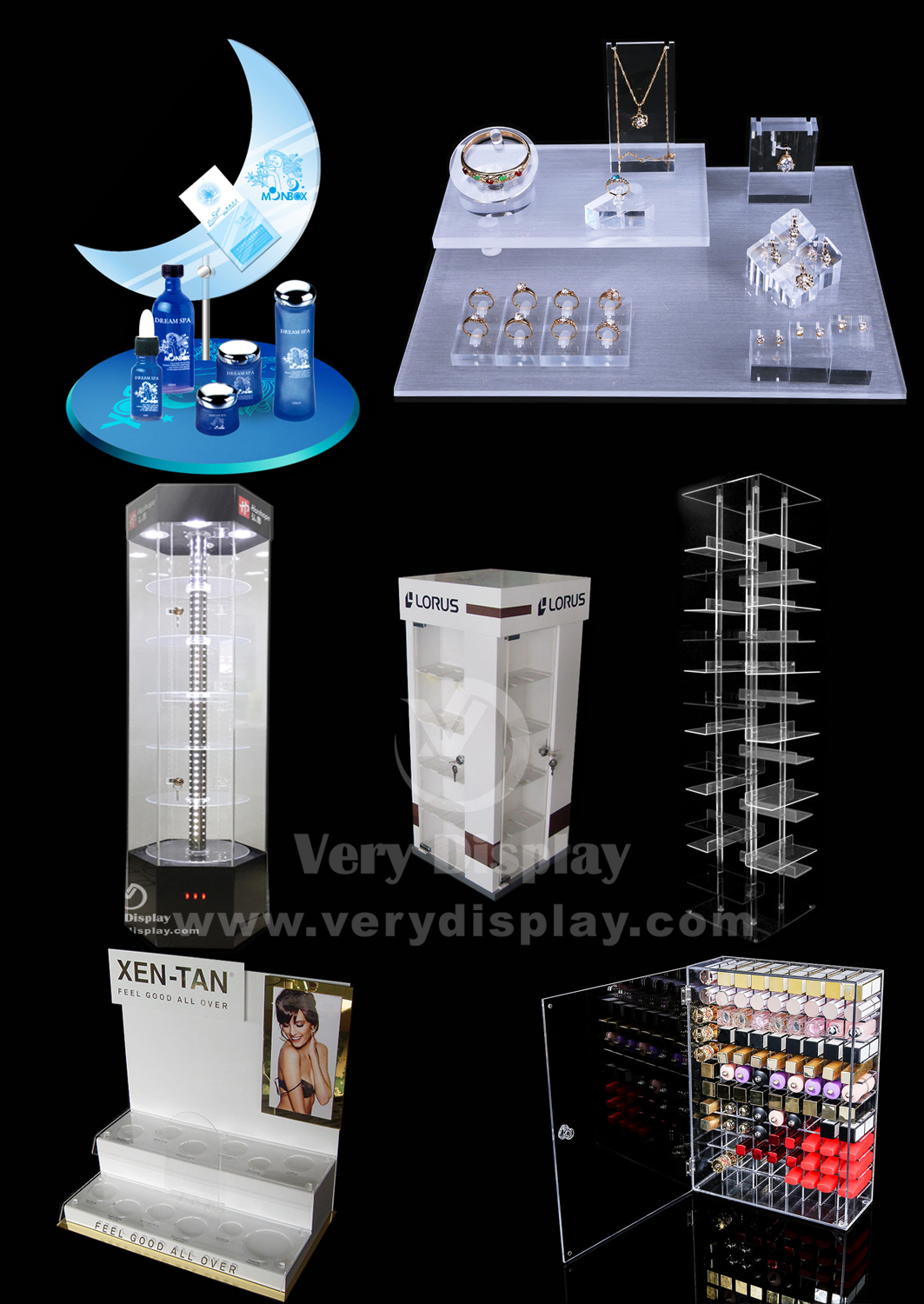In the preparation of the valve model, in the 1960s, China formulated the JB308-62 "Valve Model Formulation Method." At present, the newer version of the "Valve Modeling Method" standard is JB/T308-2004. The general valve model formulation has been based on this standard. The unification of the valve type provides convenience for the selection, design and distribution of the valve. Valve manufacturers generally number the valves in accordance with the above criteria.
With more and more types of valves and materials available today, the preparation of valve models is becoming more and more complex. Although China has a unified standard for the preparation of valve models, it can no longer fully meet the needs of the development of the valve industry, and gradually evolved some of the industry or the unit's own numbering method. For example, in the petrochemical industry, in order to make the valves used in the devices scientific, standardized, and convenient for computer statistics, the Petrochemical Design Institute has formulated a set of regulations for the preparation of valve models, “Regulations for Valve Codes.†In the "Code for valve coding", the valve type, end connection form, pressure rating, shell material, stem material, sealing material, fasteners for housing connection, special requirements, gaskets and packings for valve sealing The items are coded.
Valve end connection
The connection structure and dimensions of the valve end are very important for the normal installation and use of the valve. If improper selection is made, the dimensions or connection mechanism may not be matched in the installation process, resulting in the failure of the valve to be installed. Therefore, special attention should be paid when selecting the valve. Correctly and properly selecting the valve end connection structure can ensure the smooth installation and use of the valve.
The connection form of the valve connection end is usually divided into: screw type, flange type, welding type, clamp and card sleeve type.
Thread connection structure
Threaded connections are detachable connections. Threaded connections are often used where soldering is not desirable or where removal is required. Threaded connections >DN50 can be used without dangerous fluids, but the connection is not easy to control and it is difficult to apply adequately without damaging the components. The torque is used to tighten the connection joints, so the threaded connections are mostly used in pipes with ≤DN50 without hazardous fluids. The thread connection is divided into two types: internal thread connection and external thread connection. The mechanism is divided into straight pipe thread and taper pipe thread. The internal thread connection usually processes the end of the valve body into a tapered pipe thread or a straight pipe female thread, and the pipe connected thereto is processed into a taper pipe thread or a straight pipe thread. The male thread connection is a valve that processes the end of the valve body into a male thread to facilitate the installation and removal of the thread end. Due to this connection, large leakage channels may occur. If the material of the valve body can be welded, it can also be sealed after the screw connection. Straight pipe threads are used in places where individual seals are made. Straight pipe threads form a mechanical connection and provide corresponding positions for sealing and compressive sealing forces. Taper pipe threads are used primarily in process production, and process seals are produced through tapered threads. Locking effect to complete.
Flange connection structure
For >DN50 pipes, flanges are the most common connection method. Flanged valves are easy to install and remove, and they have a wide range of nominal sizes and nominal pressures. The flanges connected with the valves can be divided into flat welded flanges, butt welded flanges, socket welded flanges, integral flanges, etc.; according to the form of the sealing surface, they can be divided into full-plane flanges, protruding surface flanges, and concave-convex surfaces. Flange, tongue and groove flanges and ring flanges. The choice of various flange configurations and sealing surfaces depends on different operating conditions.
Generally in the case of customers without special requirements, the valve's connecting flange is cast together with the valve, called the integral flange, is also the most commonly used flange connection; flat welded flange due to structural strength, stiffness Lower, more commonly used in conditions with mild conditions, such as valves for low pressure circulating water, valves for low pressure compressed air, etc. The advantages are low cost and easy installation; the scope of use of threaded flange can not exceed DN150. The situation is similar to that of the flat welded flanges, but the sealing and precise positioning of the threaded flanges is difficult to do. Therefore, when the piping requirements do not have any leakage, the threaded flanges are generally not considered; the socket welding is performed in small-sized flanges. It is very common that this kind of flange is easy to install and weld, but it cannot be used for toxic fluids because it is difficult for welds to be radiated and cannot be used for fluid pipes that cause corrosion or cause corrosion problems. Or equal to PN100, less than or equal to DN50 in the pipeline without dangerous fluids; welded neck flange filter structure with good strength and stiffness, can be welded with the pipe Ray detection, and it is easy to make with high integrity, and thus is applicable to operating conditions more demanding applications, such as oil and chemical media.
Common flange types and codes are shown in Figure 1-7.

Full-face flanges are generally used in low-pressure cast iron, cast steel or non-metallic valves. The flange of the protruding surface can achieve a good sealing effect under the conditions of low pressure and medium pressure. Therefore, when the customer does not have special requirements, the low pressure valve adopts a protruding surface flange. The tongue and groove flange is a flat gasket installed in the closed groove, this structure on the sealing surface, can produce a high sealing specific pressure, usually far beyond the yield point of the gasket material, thus ensuring a reliable seal Sex. The disadvantage is that after long-term use, when the valve parts are repaired or replaced, the gasket is difficult to remove from the seal groove. If the hard seal is taken out, the seal groove will be damaged, so this kind of flange is not a widely used flange type. The use is also very limited. The concave-convex flange is the flat gasket installed in the sealing surface of the concave flange. Compared with the tongue and groove type sealing structure, it is easy to disassemble. The disadvantage is that the gasket is easy to contact with the medium and is easily washed by the medium under high pressure. , deformation, can not play a good sealing effect, design, manufacture, according to actual needs can be properly added to the inner and outer rings, and inner, outer edge, in order to improve its sealing effect. The ring connecting surface flange is a circular soft technical ring gasket placed in two protruding surface flanges with ring-shaped grooves. The gasket will be slightly deformed to play a sealing role. It is widely used in high pressure. And toxic fluid pipelines. The common flange sealing surface type and code are shown in Figure 1-8.

This structure is suitable for a variety of pressures and temperatures and is more reliable than flanged connections when used under harsher conditions. However, it is difficult to dismantle and reinstall the welded connection valve, so its use is limited to the long-term reliable operation, or the use of harsh conditions, high temperature occasions. Such as thermal power stations, nuclear power projects, ethylene engineering pipeline.
For pipeline welding valves with ≤ DN50 and thinner wall thicknesses, welding sockets are usually provided to receive pipes with flat ends. However, because the socket welding forms a gap between the socket and the pipe, it may cause the crack to be corroded by certain media. At the same time, the vibration of the pipe may cause fatigue of the connection components, and the use of the oath socket welding is also limited.
Clamp connection structure
The clamp connection structure has a unique flexible feature, so that the pipeline has the ability to resist vibration, shrinkage resistance and expansion. Compared with welding and flange connection, the stability of the pipeline system is increased, and can be better resisted due to vibration. The fatigue is more suitable for the temperature change, thereby protecting the pipeline components and reducing the damage of the pipeline stress to the structural components. The operation is simple, the required operation space is small, and the maintenance is convenient. It is widely used in hygienic conditions and rapid demolition of grade-end operating conditions.
Card sleeve connection structure
The card sleeve connection feature is based on the cutting edge of the ferrule and tightly grips the steel tube wall so that the high-pressure fluid in the tube is completely sealed. This connection structure has the advantages of connection fastening, impact resistance, good vibration resistance, easy maintenance, high fire and explosion resistance, high pressure resistance, and good sealing performance. It is a kind of measurement pipeline in power stations, oil refineries, chemical installations and instrumentation. Advanced connection method.
Customized countertop displays
We, Very Display,are not just a Sign or Display Maker, but a 15 years experienced acrylic POP display pioneer, and also the first supplier in china who combined the acrylic POP signs and displays with Led lighting technology.
Material: we designed and produced acrylic material countertop display products according to clients demands.
Advantages:
We make all customers dreams came true, because we friendly & conscientious sales and over 14years experienced & creative 3D artists team ;
We make everything possible, any signs or displays involved with various of materials, like wood, metal, glass or even stone, because we have qualified supplier chains working with us;
We make every order on time delivered, because we have quite skilled and high efficiency production and QC team.
Customized acrylic countertop display products. Customers' designs and OEM orders welcome.

Acrylic Showcase,Acrylic Frame Stand,Clear Acrylic Stands,Acrylic Display Stands
Very display co.,ltd , https://www.verydisplay.com
